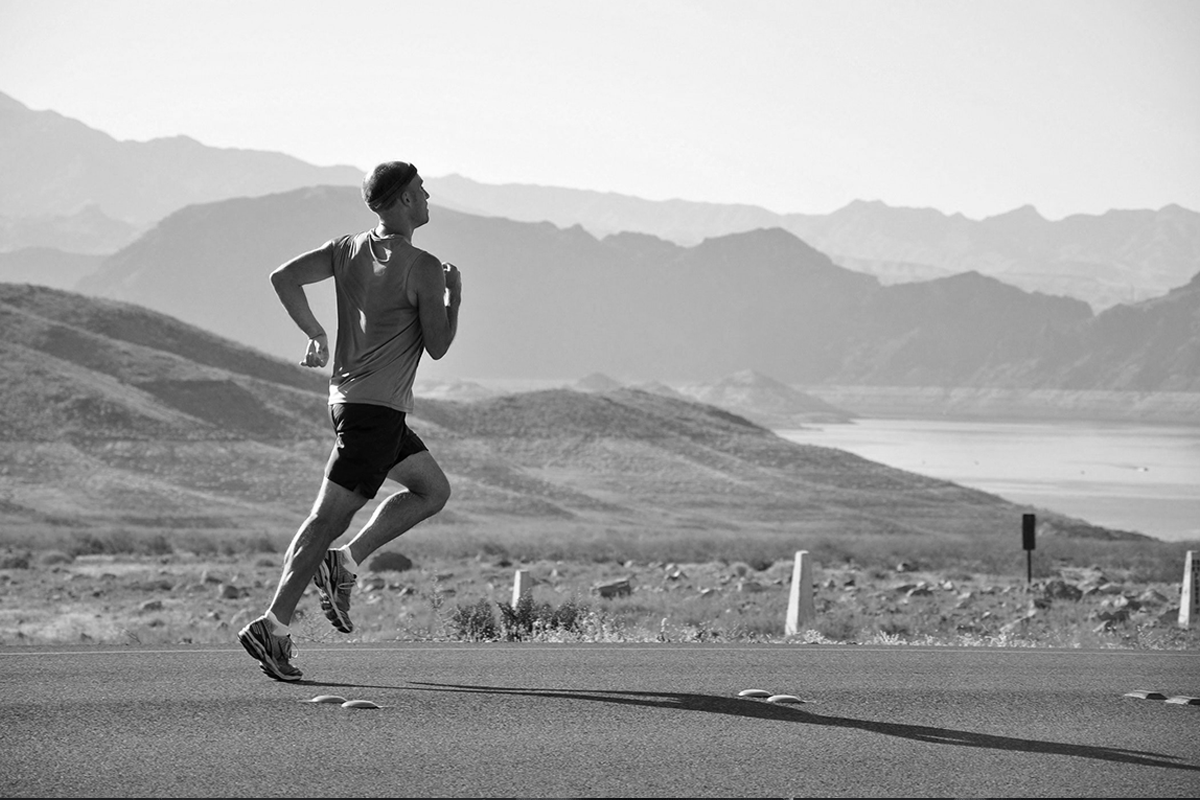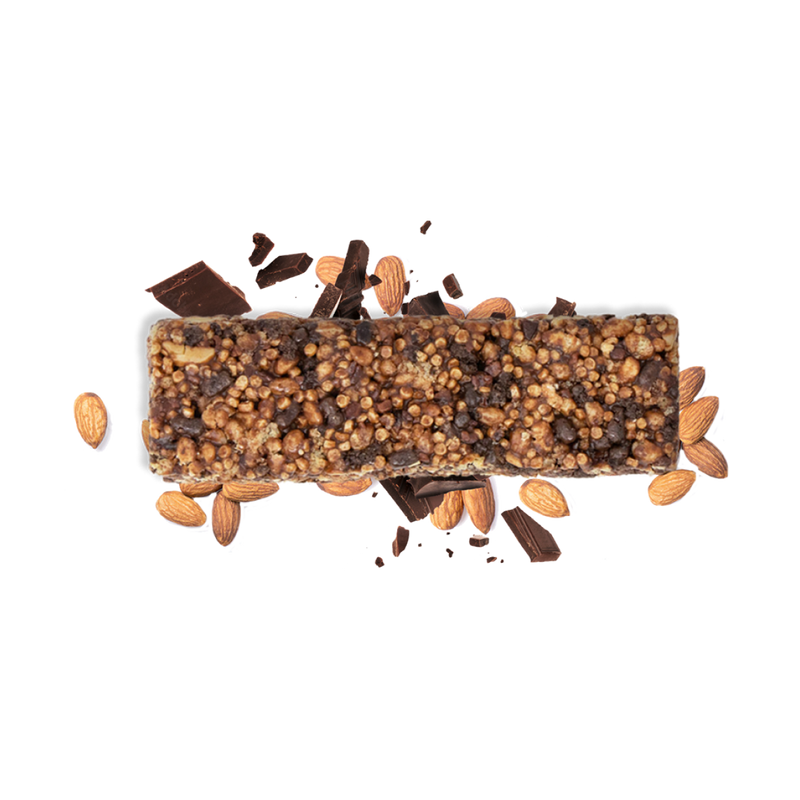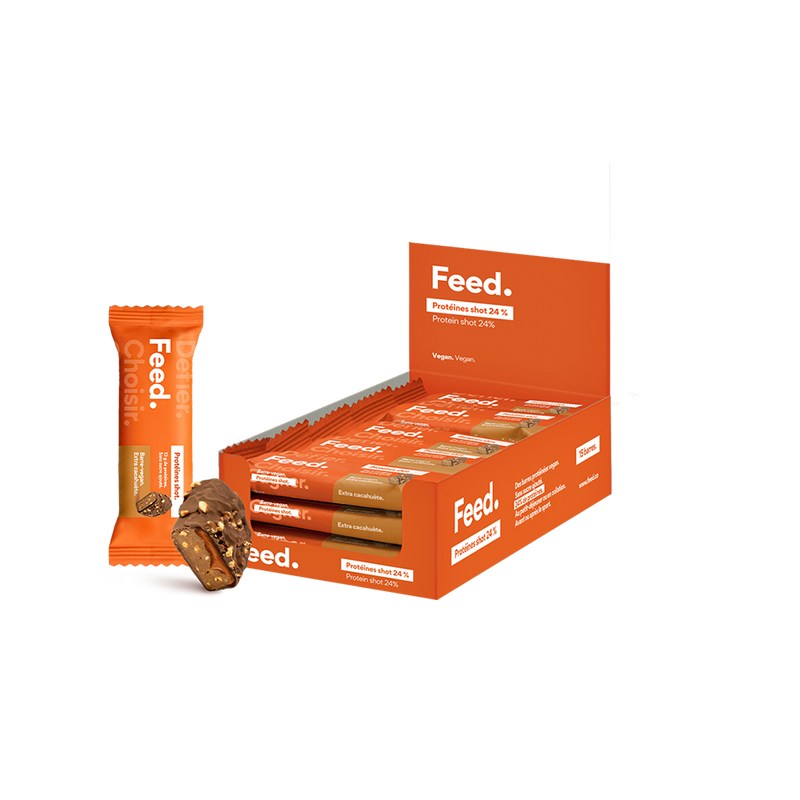The split session, or interval training, is a training program which consists of alternating periods of intense effort of varying short or long duration with periods of active recovery. Interval sessions are very popular among runners and high-level athletes, it can also be used by people looking to improve their fitness and health. In this article, we'll look at the benefits of split training, the different methods you can use, as well as tips for optimizing your training.
The advantages of the split session
The interval training session helps improve general physical condition, lose weight , burn fat . In fact, split sessions increase metabolism, you will continue to burn calories even after your training. Interval sessions also improve aerobic capacity, endurance, cardiovascular resistance, muscle strengthening, as well as coordination and reactivity. This is power work that allows you to work the whole body.
The different types of exercises
There are several types of interval workouts. Here are some examples of exercises:
- Interval running: alternate periods of intense running with periods of active recovery by walking or jogging.

- Interval jumps: alternate high or long jumps with periods of active recovery by walking or jogging at a slower pace.

- Interval cycling: alternate periods of intense effort while pedaling with periods of active recovery while pedaling at a slow pace.

- Split cross-country skiing.

Short split.
In a short interval workout, periods of intense effort are typically short in duration, often a few seconds to a few minutes, followed by recovery time between sets. The effort/rest ratio is usually 1:1 or 1:2. For example, you might run at close to your maximum speed for 30 seconds, followed by a 30-second or 1-minute rest period.
Long split.
In a long interval training session, periods of intense effort are generally longer, often several minutes, followed by longer rest periods. The effort/recovery ratio is generally 1:1 or 1:3. For example, you might run at a high speed for 3 minutes, followed by a recovery period of 3 minutes or more.
Example of interval training: Interval running.
Interval running consists of alternating periods of intense, fast running and periods of active recovery with a less intense pace or complete rest. It is a very effective method for improving endurance and speed in running.
The basic principle of interval running is to force your body to work at high intensity levels, alternating periods of intense running with periods of slow or moderate pace. This can help raise your lactate threshold and allows you to run faster and run longer distances over sessions.
Interval running can be done at different intensity levels depending on your training goal. For example, you might run fast for a short period of time, followed by a period of running at a slower pace.
Here is an example of a basic interval running session that can be adapted according to your level and your goals:
- A few minutes of warm-up: Start with 10 to 15 minutes of slow running to prepare your body for the effort and avoid injuries.
- Interval: Alternate periods of fast, intense running and active recovery with a slower or moderate pace. Repeat this for 10 to 15 minutes. You can maintain an effort for a short time of 30 seconds for a short interval or 2 minutes for a long interval.
- Cool down: End the session with 5 to 10 minutes of jogging at a slow running pace to allow your body to recover.
Interval running can be demanding on your body, so it's important not to overdo it and take rest between interval sessions. Rest allows the body to recover and progress. If you are a beginner or have health problems, consult a doctor before doing running or interval training. To progress in racing, running, know the correct running technique or for advice on training plans, ask a sports coach for advice.
Tips for optimizing your split session
To maximize the results of your interval training sessions, here are some tips to follow:
- Start with a 5 to 10 minute warm-up period before starting the interval session.
- Alternate periods of intense effort with periods of active recovery. The exercise time can be longer or shorter depending on your fitness level and training goal. The effort can be short, around 30 seconds with a few seconds of recovery or a few minutes of recovery.
- End your split session with an active recovery period of 5 to 10 minutes, followed by a longer or shorter stretching period.
- Gradually increase the intensity and duration of your interval session over time.
- Take into account your maximum heart rate in order to have the appropriate intensity.
- Take comfortable running or sports shoes.
- Calculate your VMA to know what pace you should run during your interval sessions.
What is the VMA?
MAV, Maximal Aerobic Velocity, is a measure of how quickly your body can consume oxygen during exercise. This is the highest rate at which your body can deliver sufficient oxygen to working muscles.
VMA is an indicator of endurance and running performance. The higher your VMA, the more you can run at higher speeds for longer periods of time.
VMA is usually measured by performing a VMA session on an athletics track: running at increasing speeds, starting at an easy speed and gradually increasing the speed every minute. VMA is reached when the speed at which you are running can no longer be maintained for more than a few seconds.
The VMA can be used to establish specific training sessions that will help improve your VMA, endurance and running performance.
VMA is a measure of your body's maximum aerobic capacity and does not necessarily reflect your ability to run at high speeds for a long time.
In summary.
Interval training helps improve overall fitness, lose weight and burn fat. Doing interval training such as interval running, interval jumps or others helps improve your aerobic capacity, your cardiovascular resistance and develop your muscles, your coordination and your reactivity. Don't forget to recover between sessions to give your body some rest and see it progress. To go further, seek advice from a health and sports professional.























